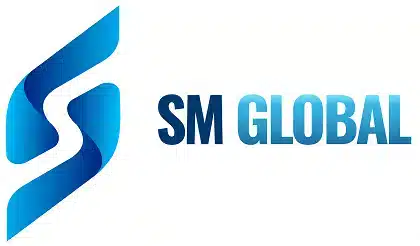Essential Maintenance Metrics Every Planner Needs to Know
Get Free Guide
Corrective maintenance repairs are trying to tell you something

Even top of the line assets will break down eventually. It’s just the way it goes when it comes to machinery, equipment and facilities. As a maintenance manager, you probably have a good idea of how long most of your equipment will last. However, have you ever have the kind of week at work where equipment breakdowns are about to put you over the edge? Handling corrective maintenance can become a big headache!
Your maintenance department probably spends a good bit of time & resources in “prevention mode” – to avoid critical equipment break downs. Whether you check in with your technicians to make sure they are doing their job or checking machinery yourself, prevention is very important.
You want to keep things running as smoothly as possible. It is not always possible to make good predictions and catch things going wrong or failing before it happens. That would be nice, but it’s just not realistic.
Corrective maintenance can take a good day and turn it bad in a quick minute. This unplanned maintenance usually disrupts the workflow of your organization. Employees also are not happy when their work routines are interrupted.
There are a few things you can do to reduce the frequency of corrective maintenance. Your maintenance management software (CMMS) has useful data that can help you.
CMMS software captures repair data
If you’ve got CMMS software, you probably use it to help with your work order management. Work order scheduling & tracking is an important function of CMMS packages. Technician feedback is collected and work order status is tracked and updated. This reduces lost information between work shifts. It goes a long way to reduce confusion and errors completing maintenance jobs.
All this work order data gives you valuable information when it comes to corrective repairs. Your technicians are providing much work feedback. For example the type and reason for the failure, the intervals of failure, how long it takes for repair, and the parts needed.
What data can you get?
The data you capture can alert you to the root cause of the failure or emergency repair. You can use it to prevent the emergency from happening again. CMMS software contains useful information like:
1. Repair patterns:
For example consider the maintenance task history report. Use it to identify maintenance jobs that are the most expensive in total time & resources. Review them to see which ones correspond to corrective tasks. This will help you prioritize machinery or equipment. Some may need better preventive maintenance. Others may need to be replaced. You can perform a life cycle cost analysis. Use it to give you insight as to whether it would benefit you to repair the unit or simply replace the unit all together.
2. Labor cost and hours:
Look at the person history and equipment history reports. They will show you time spent by maintenance technicians on various jobs. You can use this to identify which corrective jobs seem most frequent. You may also identify patterns. For example many failures seeming to occur after certain maintenance technicians perform routine maintenance on some equipment. This could be a sign that they may be cutting corners. Or do not know how to perform the maintenance job properly.
3. Repair frequency:
Review equipment history reports. Try to cover a large enough period e.g. three to six months. You may identify regular breakdowns or a pattern of breakdowns in some equipment. Make sure these are not due to seasonal variations. For example more breakdowns tending to happen when equipment is in full use during a peak season. Compare similar periods. For example the same three months this year and last year. Identify equipment that you need to be replace or do more preventive maintenance on.
4. Spare parts & supplies usage:
Spare parts & supplies costs are a significant share of maintenance department budgets. To reduce costs lower quality but less expensive parts may be used. If this results in more equipment failures these cost savings & more will be lost. If there has been a switch in the parts being used or a change in vendors review parts usage in equipment history reports. Compare prior periods before the change. Look at parts used for preventive as well as corrective maintenance. Search for patterns – more breakdowns after the change to the new part.
Looking for CMMS software?
Is your organization is considering purchase of CMMS software for maintenance management? You may find the “CMMS Software Selection Guide” useful. It has a variety of tips that can help you identify the right products that will fit your needs.
Free CMMS Software Selection Guide
Essential Maintenance Metrics Every Planner Needs to Know
Get Free Guide
